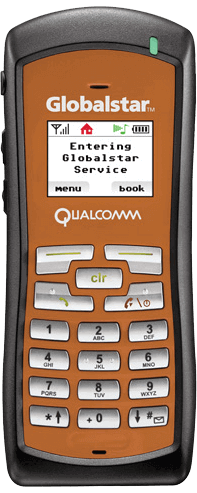Satellite for Business: The Critical Enabler for Resource Sectors
It’s a new era for resource-sector businesses with anywhere- and always-on operations table stakes. Change is the only constant, and satellite technology is a critical enabler. It is the foundation for innovative and scalable applications that drive customer productivity, efficiencies and support regional and national economies.
Businesses operating in the resource sector today are under pressure to be more innovative, more sustainable, and more competitive. It’s a tall order made all the more challenging by the Covid-19 pandemic, which has disrupted operations and highlighted the weaknesses of global supply chains. Resource companies have to manage the current uncertainties and be ready to meet a surge in demand once the world emerges from the global pandemic.
It’s a new era for resource-sector businesses with anywhere- and always-on operations table stakes. Change is the only constant, and satellite technology is a critical enabler. It is the foundation for innovative and scalable applications that drive customer productivity, efficiencies and support regional and national economies. Here are five critical areas where satellite business solutions are empowering North America’s resource companies .
1. Personnel and lone worker safety
Being able to communicate in real time from even the most remote locations without any disruptions in service is core to keeping people safe and meeting lone worker safety regulations. For lone and remote workers in oil and gas, mining, forestry, commercial marine and fisheries companies operating in areas beyond the reach of terrestrial and cellular networks, satellite technology is critical for anywhere operations and always-on communications.
Operating over Globalstar’s modernized satellite network, SPOT Gen4, SPOT X satellite messenger devices and SPOT Mapping software enable check-in and communications, visibility of the precise location of lone workers and remote crews, 24/7 access to help in the event of an emergency, and the ability for workers to initiate response procedures based on the type of signal they send.
The SPOT family of satellite messengers ensures personnel have reliable communications, access to emergency notification technology, and enhanced mapping to meet lone worker safety and security requirements.
2. Back office efficiency
From managing new and temporary contractors to sub-contracting out transportation and logistics operations personnel, satellite-enabled back office solutions can help businesses build resilience and efficiency into operations. These solutions are being used to facilitate more streamlined billing and accounting, customized financial reporting, asset tracking, and optimized transport and travel routes.
3. Commercial IoT solutions
Businesses of all sizes and across all resource sectors are turning to commercial IoT solutions for asset management. Whether building redundancy into communications, or ensuring connectivity beyond cellular, satellite is enabling the acceleration of IoT. For example, Globalstar’s SmartOne Solar, a solar-powered satellite modem, provides real-time access to data from fixed or mobile assets, as well as live and historical reporting, operational metrics, and other custom features. With satellite solutions, businesses are able to advance their IoT strategies, while gaining insights to increase productivity and build new efficiencies into operations.
Value-added resellers in the oil and gas industry are integrating satellite modems and transmitters into innovative new solutions. For example, Globalstar’s STX3 one-way transmitter is a key component of the world’s first remote monitoring unit small enough to monitor and help manage data from oil and gas pipeline infrastructure. Managers are using these insights to assess equipment operations remotely, monitor and maintain assets to reduce equipment downtime, avoid catastrophic failures in the field, and to ensure the most effective deployment of field workers. The result: improved operational efficiency and worker safety, significant cost savings, and minimized environmental impact.
Satellite-enabled IoT devices are also among the latest agritech solutions. For example, in Norway, businesses operating in the agriculture sector report that an average of between 8% and 12% of sheep are lost each year. No larger than a quarter and with a long battery life , Globalstar’s STX3 satellite transmitters are being deployed in animal tracking collars to help address this problem.
4. Data Management and Mapping
Being able to proactively monitor, manage data and valuable equipment is critical to ensure you are making the right business decisions based on the most current and reliable information. Data management and mapping with satellite GPS solutions such as SPOT Trace, and modems such as ATEX-certified SmartOne Solar and SmartOne C are helping companies in a wide range of applications, from mapping the shipment of valuable equipment as it is transported to installation sites, tracking departure and arrival schedules of everything from critical supplies, parts and hazardous materials, overseeing building processes, and monitoring equipment over time to ensure uptime. For example, heavy equipment dealerships in North America are using SPOT Trace as part of anti-theft measures and to mitigate risk.
No mapping solution would be complete without easy to set and manage geofences, a virtual perimeter around a geographic area. When a GPS-enabled tracking device enters, leaves, or stays in the virtual perimeter, a specific action is triggered. Companies across industries are using geofencing to better allocate resources, keep workers safe, and protect assets. When operations extend beyond the reach of reliable cellular or GSM networks, businesses turn to SPOT for Business satellite technology and its associated enhanced mapping services for reliable off-grid geofencing capabilities.
In transportation and logistics, businesses are using satellite-based geofencing data such as arrival/departure times and duration for shipment load/unload times to manage and measure productivity and improve customer service. Recently, Globalstar’s enhanced mapping software was used to monitor the transportation of COVID-19 vaccines to meet cold storage protocols and tight delivery timelines. When the shipments crossed the virtual geofence perimeter an automated alert informed the vaccine management team the shipment was nearing its destination, giving them time to prepare.
5. Business continuity
In the resource sector, every company has a business continuity and disaster recovery plan that typically includes the ability to stay connected to people and assets in the event of communications network failure. Globalstar’s second-generation satellite network and range of satellite communications solutions operate completely independently of terrestrial cellular networks, which can be vulnerable to power outages, extreme weather, and industrial accidents. With SPOT X and SPOT Gen 4 business solutions, emergency notification technology is integrated into the devices so that users can notify emergency services at the push of a button. The SPOT Gen 4 Global Satellite Messenger and SPOT X 2-Way Satellite Messenger enable businesses to help meet both lone worker mandates and HR check-in policies for worker safety and connectivity in the field. Learn more on the Globalstar blog.
Resource companies have to innovate, operate sustainably, and put people first. It’s the only way they can be competitive and resilient. With today’s anywhere operations and always-on connectivity requirements, Globalstar’s satellite and SPOT for Business solutions are proving to be the difference maker, helping businesses successfully navigate this new era and build for tomorrow.
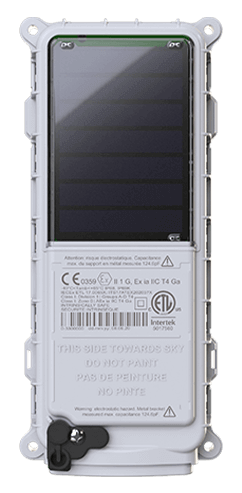 SmartOne Solar
SmartOne Solar SmartOne C
SmartOne C ST100
ST100 STX3
STX3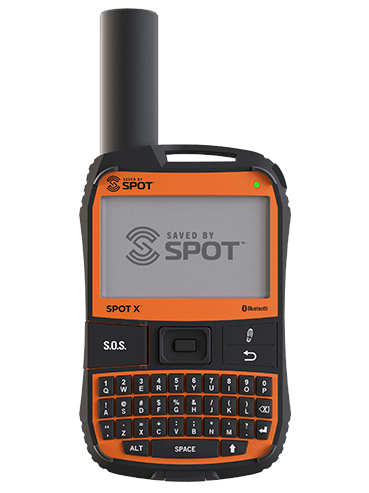 SPOT X
SPOT X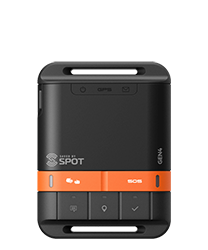 SPOT Gen4
SPOT Gen4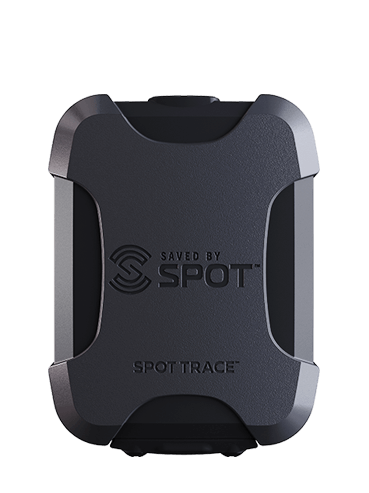 SPOT Trace
SPOT Trace